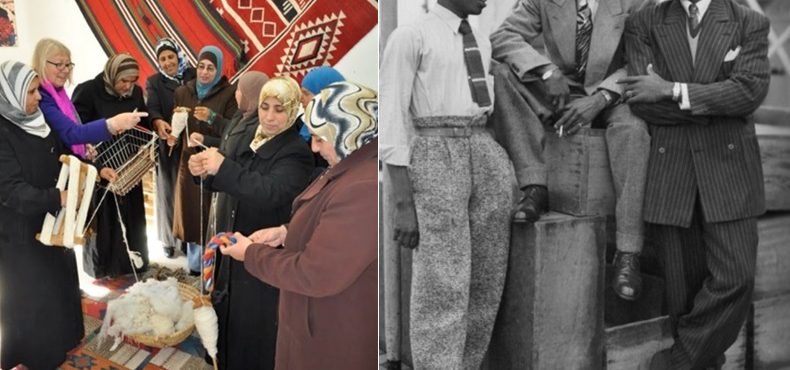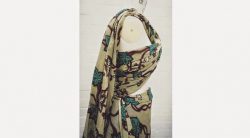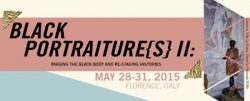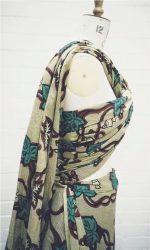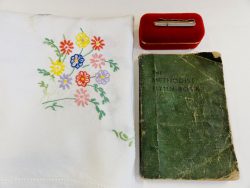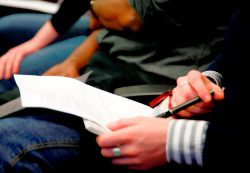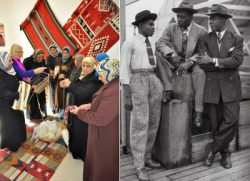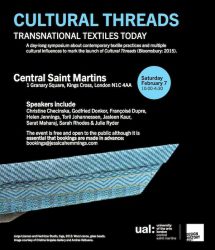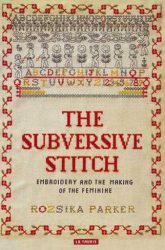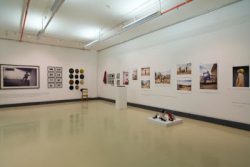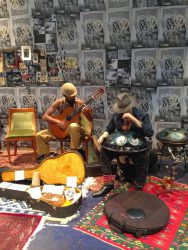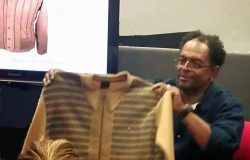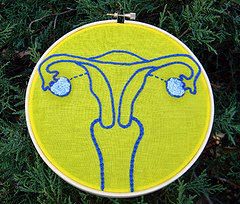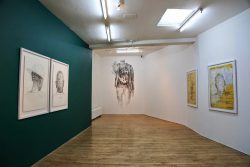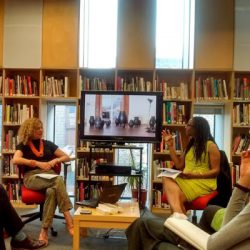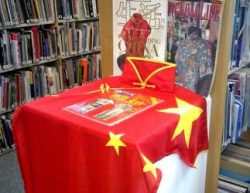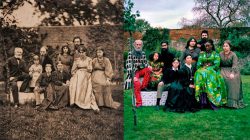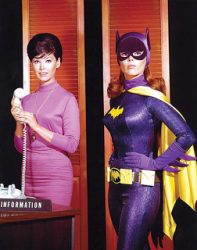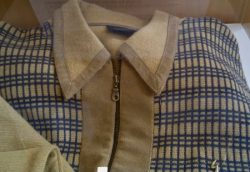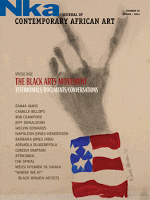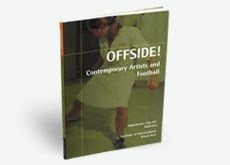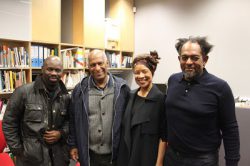- Venue
Stuart Hall Library
-
Time
6:30pm-8.30pm
-
Admission
Free
- Artists
What the Bedouin women taught me – re-connecting with my mother’s craft skills – Dr. Sue Jones
I went in the opposite direction of my mother’s life as a housewife and home-working seamstress – non-domestic, professional, university educated, without children and travelling around the world doing consultancies.
But my work always related to my background – concerned with poverty, income generation and women’s lives and empowerment. I made a particular connection with a Bedouin women’s weaving project in Jordan.
It is only by reflecting on this very long term relationship with the older Bedouin weavers and their daughters – that I can see how they helped me re-focus on my mother and her craft skills.
It leaves me with current questions to share here – about women’s involvement in craft work now and how far their work can be seen and acknowledged as creative or is it just a source of income? What was it like for my mother?
Dr. Sue Jones: As an anthropologist and professional urban planner, Dr. Sue Jones has been involved, since the 1980s, in consultancies, lectures and writing textbooks about poverty and community projects around the world, including Africa and the Caribbean.
In 2006, she completed a 20 year longitudinal PhD thesis of Bedouin women and their weaving project in Jordan. Since 2009 she has been a Visiting Research fellow at Goldsmiths, focused on Material Culture in the contemporary context. This has included: (2011) an exhibition about the weaving project, (2013) a special Issue of the journal Textile -Materialising voices from the Middle East and (2014) a film with the Bani Hamida women. She is currently researching textile case studies around the world.
‘Saga Bwoys and Rude Bwoys’: Migration, Grooming and Dandyism – Dr. Michael McMillan
I have been always struck by how men of my father’s generation were so well dressed in those iconic black and white documentary photographs depicting their arrival after a three-week Trans-Atlantic journey by sea. They wore neatly pressed suits with a white breast pocket handkerchief, polished brogue shoes, white starched shirt with throat straggling tie and a trilby hat cocked at an angle. In Eastern Caribbean vernacular, they were ‘Saga Bwoys’ or ‘Sweet Bwoys’, a masculine persona who in my rite of passage from being short pants a ‘coloured’ boy to a black British young man I saw as an exemplar of ‘good grooming’ in his sartorial attention to detail as words for the ladies danced off his tongue like Lord Kitchener’s Calypso. These ‘Lonely Londoners’ would later become Jamaican ‘Rude Bwoys’ swaggering as if to a Ska or Reggae beat in their two-tone mohair suits with the attitude and creole chat of the best dressed chicken on the street. ‘Mods’ as a white youth subculture were so impressed that they adopted the ‘Rude Bwoy’ sartorial and performative persona. In my camel Crombie coat, suede trimmed Garbicci cardigan or ‘yardie cardie’, pleated Farah slacks, Bally shoes with shiny buckle stepping out like a ‘Rude Bwoy’ in a ‘Causal Style’ to ‘rave’ at a Sound System dance. ‘Saga Bwoys’ and ‘Rude Bwoys’ are constituents of the contemporary ‘Raggamuffin’ geneology that as subcultural black masculine practices have been self-fashioned in the rhizoid network of racial, transcultural and diaspora exchange and transfer.
Yet there has been a limited focus on how and what postwar Caribbean migrant men contributed through the material culture and performativity of the ‘Saga Bwoy’ and ‘Rude Bwoy’ to a diasporic understanding of black dandyism. Using Carol Tulloch’s ‘style-fashion-dress’ amongst other conceptual framework: this presentation will begin to explore the ontology and materiality of a process that saw the aesthetic embodiment and reconstruction of diasporic ‘Caribbeanness’ in a British context of the dressed black male body; a body that would come to reconfigure the streets of urban Britain with fresh dynamic masculinities in motion.
Dr. Michael McMillan is a writer, dramatist, artist/curator and scholar of Vincentian migrant parentage whose recent play includes: a new translation of Bertolt Brecht’s The Good Person of Sezuan (Trenchtown) (MAT tour 2010 & 2012) and curatorial work includes: My Hair: Black Hair Culture, Style & Politics (Origins of the Afro Comb, Museum of Archaeology & Anthropology 2013), I Miss My Mum’s Cooking (Who More Sci-Fi Than Us, KAdE Kunsthal, Amersfoort, Netherlands 2012), The Waiting Room (Stories & Journeys, Gwynedd Museum & Art Gallery, Bangor, North Wales 2012), The Beauty Shop (198 Contemporary Arts & Learning 2008), The West Indian Front Room (Geffrye Museum 2005-06), The Front Room: Migrant Aesthetics in the Home (Black Dog Publishing 2009) www.thefrontroom.org.uk/ He has an Arts Doctorate from Middlesex University 2010 and is currently an Associate Lecturer in Cultural & Historical Studies as well as Associate Researcher RAS project at London CSM/Wimbledon CSM, UAL.
